The Institute of Advanced Timber Architecture and Engineering develops constructive, energetic and structural-physical aspects of modern timber construction. Our research and training concepts serve to highlight the role of wood as a construction material in high-performance hybrid constructions, as well as giving training in the technical skills necessary for these uses of timber.
Our main research areas include novel joints for interior and exterior nodes, as well as the use of round timber in modern engineered timber constructions. Further areas include timber-concrete hybrid construction, CAD/CAM concepts and the integration of parametric design tools in timber construction.
Both the load-bearing capacity and the stiffness (kser) of adhesively bonded joints (steel rods, steel plates) can be increased up to 80% using filler technology in comparison to steel connectors that are not bonded (inlays). The ductility of the steel connectors as well as the plastic softening behavior are maintained.
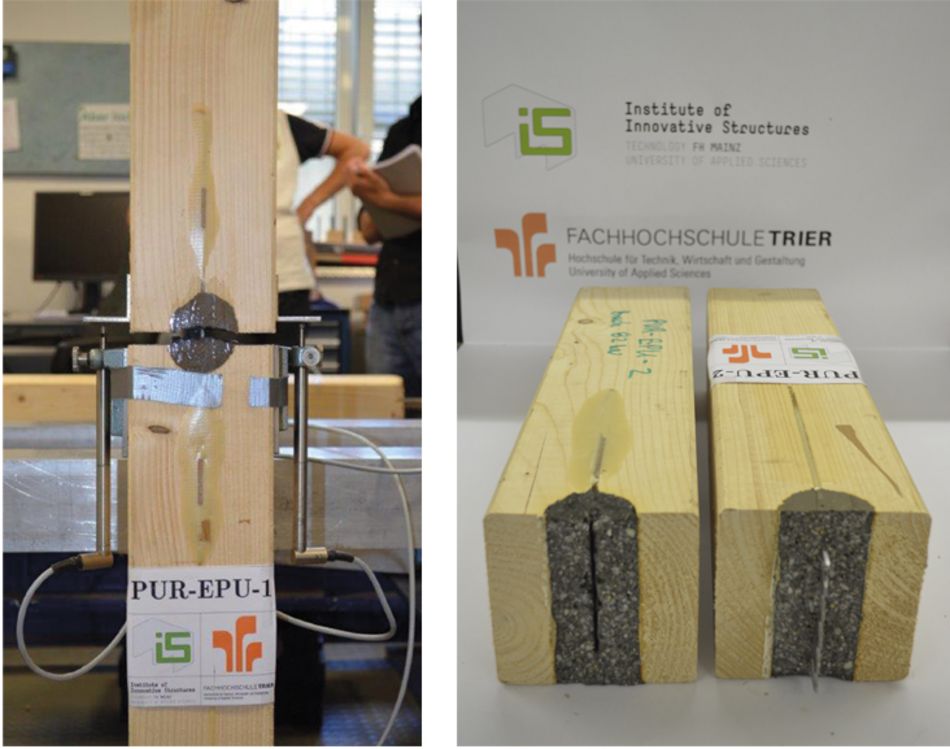
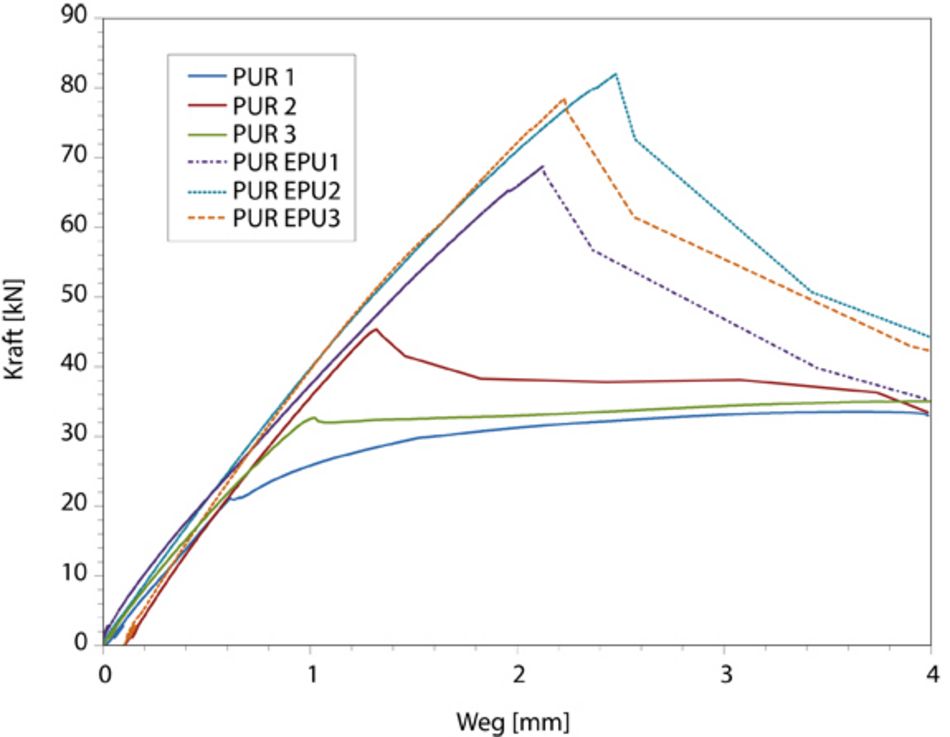
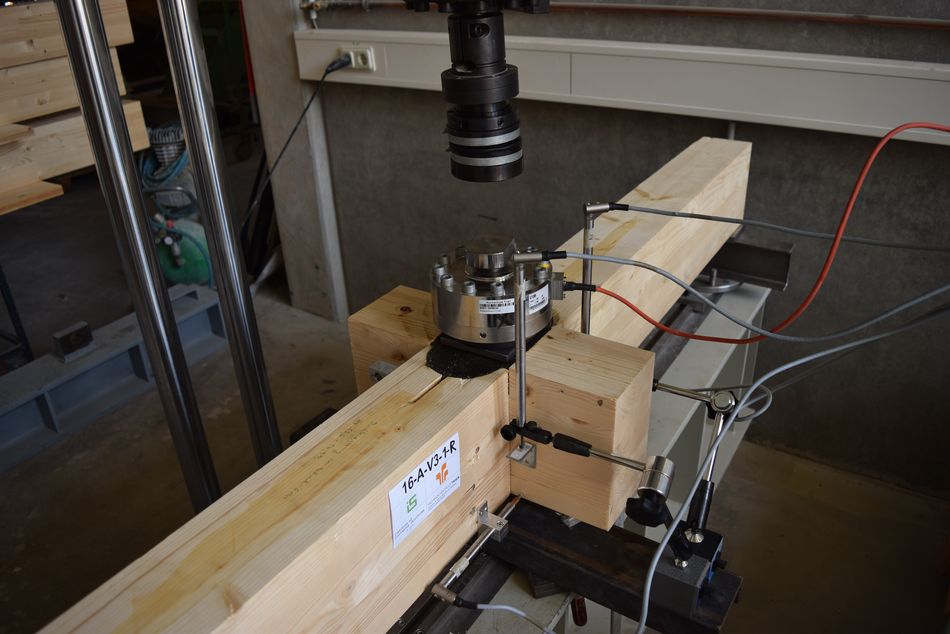
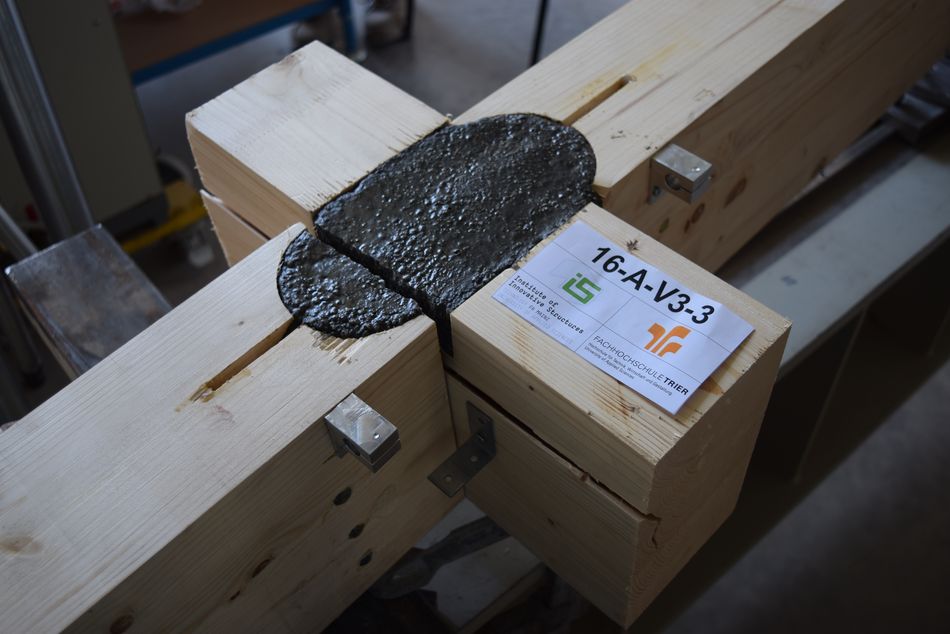
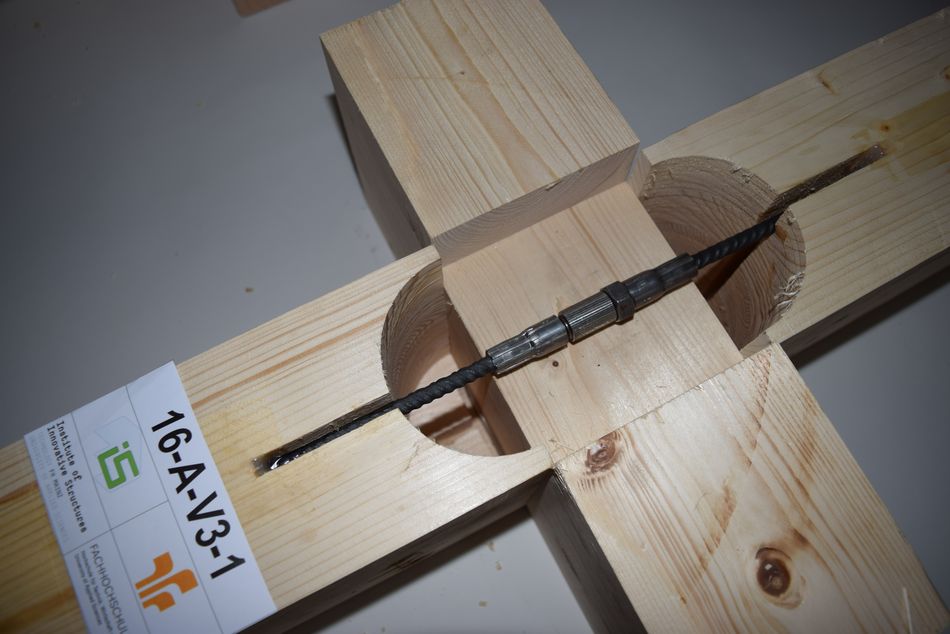
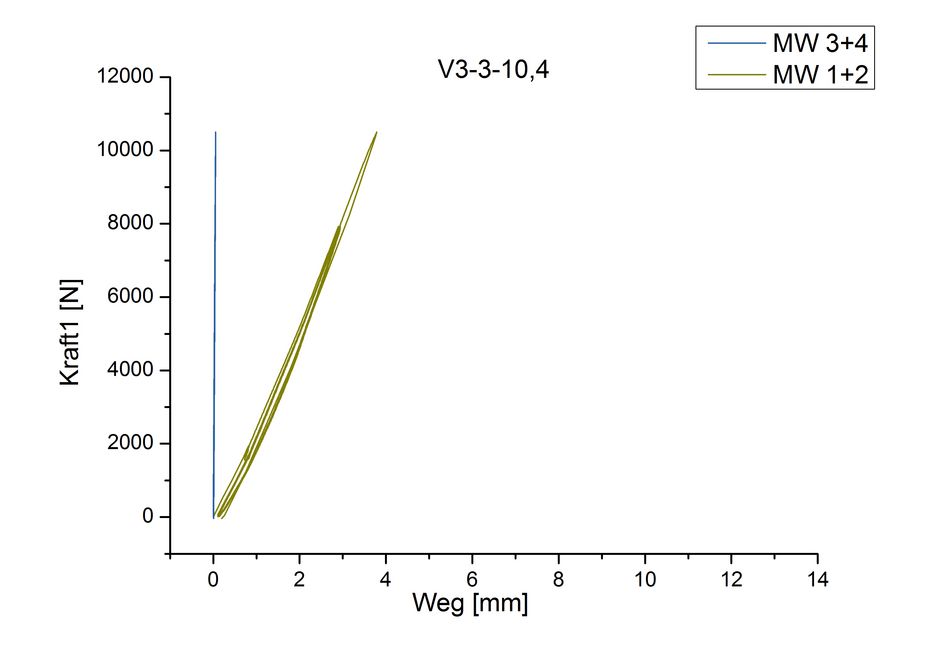
Shear tests for determing the Kser of a composite section
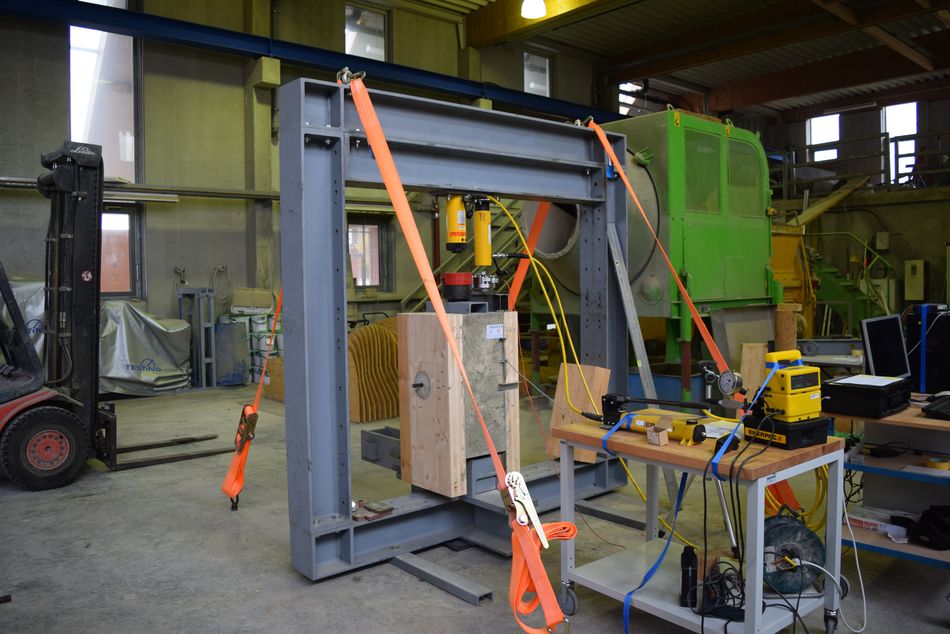
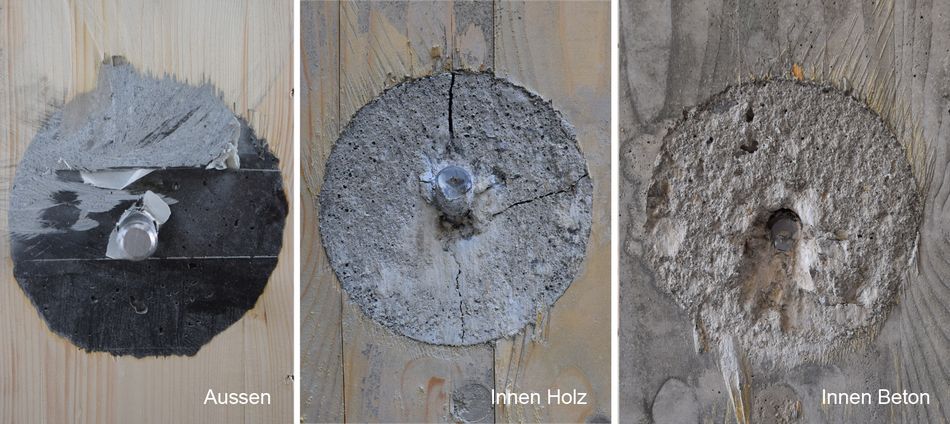
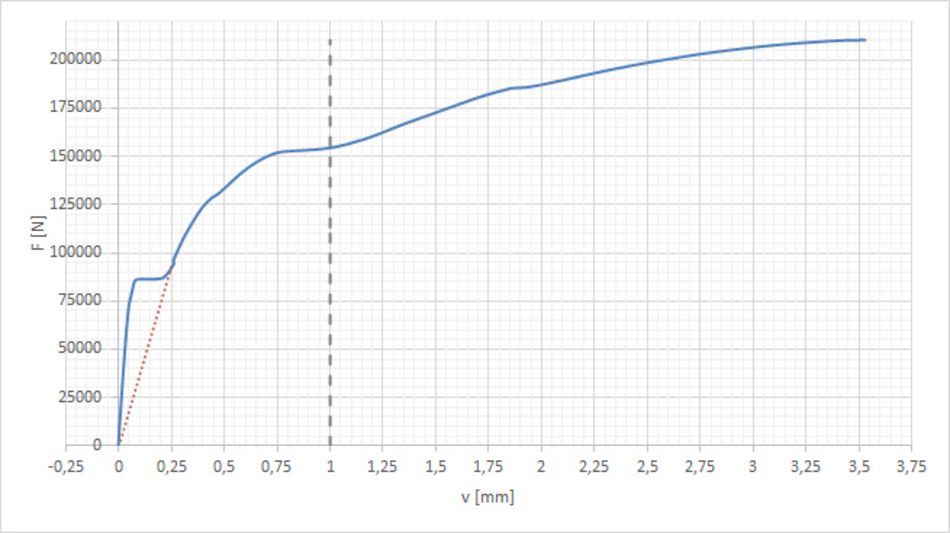
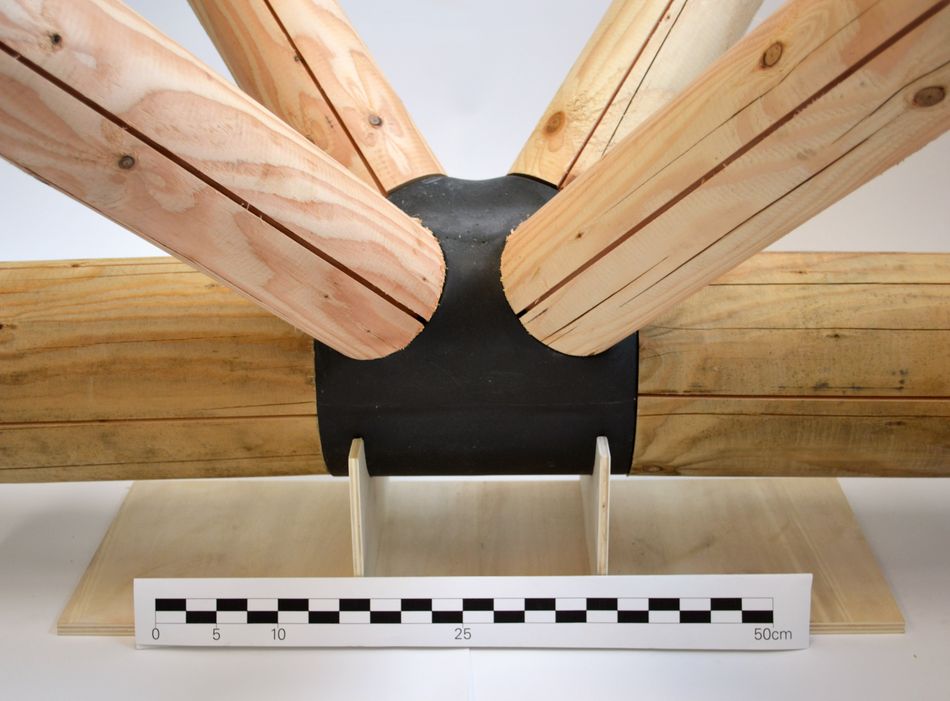
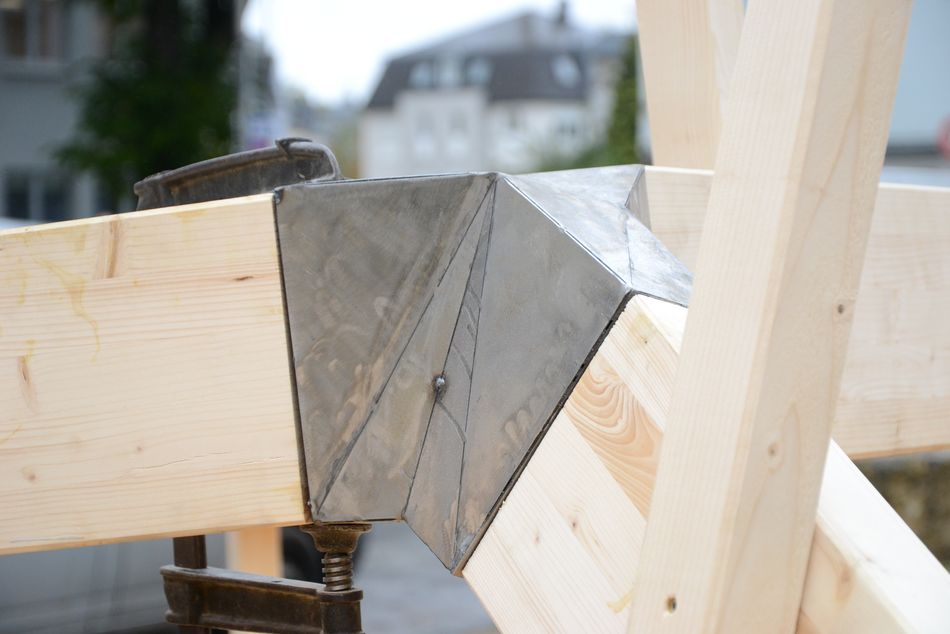
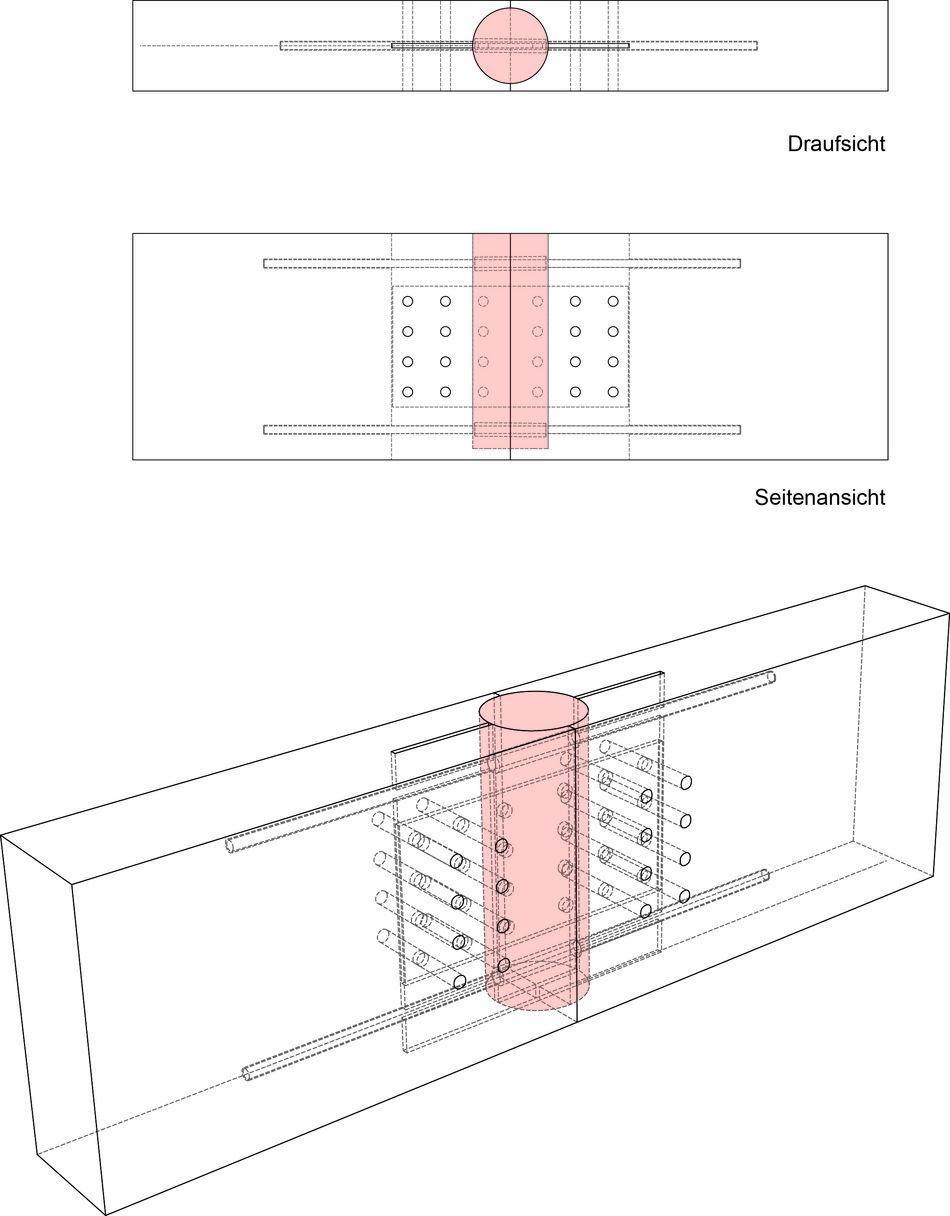
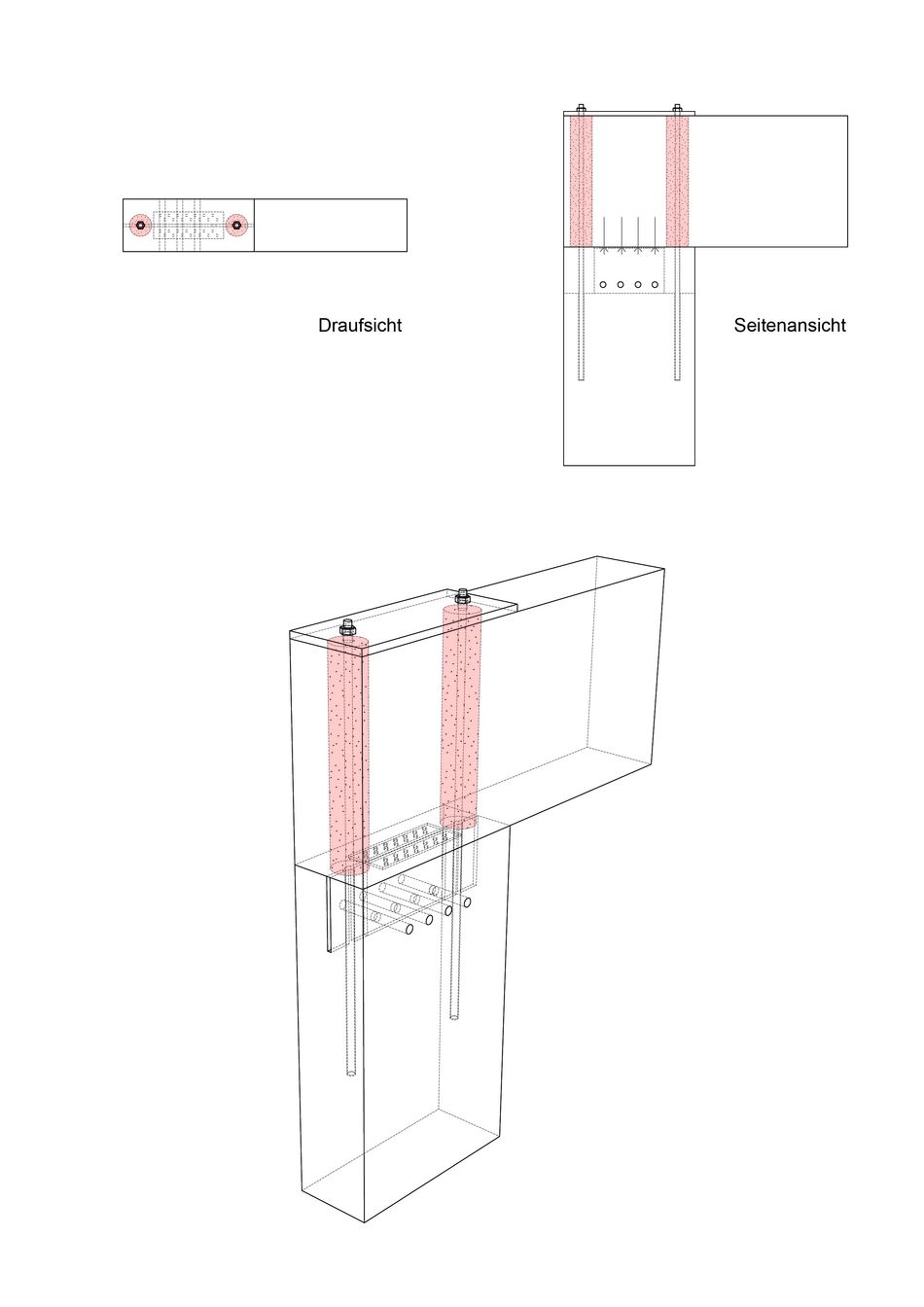
Prof. Dr. Wieland Becker/Architecture
Hochschule Trier
Schneidershof D104 - 107
54293 Trier
(0) 651 8103 267/418
Laboratory manager:
Prof. Dr. techn. Wieland Becker
Institute/research institution/focus:
Wood, engineering timber construction, CADCAM processes in timber construction. Main focus: Development of innovative joining technologies, material composites wood, innovative construction methods with round wood.
Laboratory:
Test hall Föhren, 200 kN bending test frame, 4000 kN compression test frame, data logger for deformation analysis, test procedures according to DINEN 408, destructive and non-destructive strength tests of wood.
Equipment:
Zwick+Roell compression and bending test frames Testing device for the non-destructive determination of strength and modulus of elasticity of wood (ultrasonic transit time method), hydraulic presses, force measuring devices tension and compression up to 200 kN, HBM measuring technology, hall equipment for carrying out larger component tests, temperature chamber.
You are leaving the official website of Trier University of Applied Sciences